Ground Ivy Glechoma hederaceaCommon Name: Ground ivy Latin : Glechoma hederacea Family: Lamiaceae ( mint family)
History and/or use:.Brewing ale and herbal tea to ease stomach pains. Wildlife Value: Many wild bees depend on this plant. This common plant brightens up woodland glades and grasslands with its many mauve flowers. It is probably most well known for its use as an alternative to hops in the brewing of ales. Up until the 1500s it was used in brewing to clear the fermenting liquid and add a sharp flavour. This beverage was known as gill-ale and unlike most ales was reputed to clear the head effectively often within 24 hours. Jonathon Swift (1767) is quoted as remarking on this drink. If you have any medical conditions please check with a medical herbalist first before taking any plant and only harvest it if you are 100% sure what it is! Like many of our common plants ground ivy is overlooked and yet has a long impressive history of use. Traditionally ground ivy is infused with nettle to make what is known as ‘gill tea’. Every spring children from Warwickshire drank this bitter tea for nine days for good health. This tea not only can help soothe the stomach including griping pains, coughs and chest disorders it also will help clear mucous membranes and as an inhalant help colds, coughs and respiratory complaints. The dried leaves can be used as a snuff and the herb can clear up skin complaints, bind wounds and draw out splinters. If you would like to support our work and go even more deeply into Nature Connection please become a member and have exclusive access to our online course.
1 Comment
Self heal Prunella vulgarisCommon Name: Self-heal Latin : Prunella vulgaris Family: Lamiaceae
History and/or use:.Excellent astringent for wounds and for internal bleeding. Widlife Value: Ground cover and nectar provider. Self heal survives well in grasslands, waste spaces and more open woodlands. A close cut lawn in summer can look beautiful with the purple flowers of self heal to enliven the otherwise monocultural sward. There is a rarer species known as the cut-leaved self heal ( Prunella laciniata) which has cut leaves and white flowers. Both the Latin and common name of this plant point to its continued use as a herb. Prunella or Brunella is the German name for a sore throat. Dioscorides knew of the plant’s use for sore throats and treated inflammations of the throat and tonsils with this plant. The common name of self heal as well as the folk names of hook- heal, sickly-wort and carpenter's herb all imply an obvious link to medicinal usage. In the doctrines of signatures (the concept that every plant has a signature that tells us its use), the flower of this plant is said to resemble a hook and as in the past the most common wounds were from billhooks and sickles this implied its use to stanch bleeding. Self heal does staunch bleeding effectively and is also used for internal bleeding as a syrup or as a tea. It is also used for respiratory complaints, piles and in Ireland to treat heart trouble. It is less known as a cure for colds. If you would like to receive our Newsletter packed with articles on Trees, Plants and Nature Connection, subscribe for free below. Autumn EquinoxAutumn Equinox 20th September- 31st October
Autumn is a time of ripening and the beginning of maturity as we enter into an older phase of the life cycle. We gather the harvest of the year and reflect on the season behind us as we step into our strength, wiser and more confident of our abilities. This time of high tides and abundant fruit reflects the life-giving properties of the experienced mature mother as she radiates vitality before retreating into her depths at Samhain. The male energy is also at his peak, mature, giving, and nurturing. He has nothing to prove for he also radiates an inner strength as the fruition of his life unfolds. The guardian of this time is the fruiting Elder that can cure ailments and guide you at this time. She is the protector of the land, the animals and the mind. A powerful symbol of strength and wisdom. Use this time to truly acknowledge all you have achieved this year and in your life. Be at ease, confident in your abilities and allowing them to nurture and aid a new generation. This is a good time in the words of Sir Walter Scott ( 1759-1796) - “To see the heath-flower withered on the hill, To listen to the woods' expiring lay, To note the red leaf shivering on the spray, To mark the last bright tints the mountain stain, On the waste fields to trace the gleaner's way , And moralise on mortal joy and pain.” If you would like to learn more about the traditions of the land you may wish to enrol on our Woodland Bard Course. Broom- Cytisus scopariusBroom Ngetal (Gaelic Ogham name) Cytisus scoparius ( Latin)
nGetal, Fern or Broom. A physicians strength, broom. Beginning of heroic deeds, healing. Robe of physicians. Book of Ballymote 1391 Broom is the ogham of healing, it signifies a good time to soak yourself in a bath of healing herbs, nourish yourself and tidy up your life both externally and internally. Use the broom to make a clean sweep. Broom today seems to escape notice and yet seems to have had a very key role in the Celtic Tree Ogham for healing. The Irish deities connected to healing are Dianecht, his daughter Airmed and son Miach. In a jealous rage Dianecht kills Miach and it is said 365 herbs appeared where Miach was buried positioned on the parts of his body they would cure. Airmed collected them to preserve the knowledge but Dianecht destroyed them thus taking away the higher knowledge of healing and herbs forever! This story is centred around the story of the first battle of Moytura where a great well is prepared with healing herbs and in the later Fenian stories of Ireland the Druid Caolite prepares herbal baths to uplift the wives left behind when their husbands go to war. Broom also seems to have been a key plant in Celtic times due to its bright yellow flowers that come forth about the time of Beltaine. In the Welsh poem ‘Cad Goddeu’ or ‘Battle of Trees’ Balor appears masked as broom and is depicted as a solar hero rather like Beli who Beltaine is said to be named after. Balor lives in a great castle with his daughter Floripar which means born of a flower rather like the stories of Yspaddeden Pencawr and Olwen also in Welsh lore discussed under Hawthorn. This connection seems to connect broom yet again to the flora and maybe the healing wells and herbal baths of our ancestors. The yellow flowers of broom, like hawthorn perhaps also depicted the time to break the winter camp when our ancestors lived a more nomadic live. Broom is also the plant used to make brooms as it has ideal stiff yet flexible foliage. These two facts point to broom as a plant of new beginnings, of a clean sweep and when we examine the two Ogham letters that represent broom we notice the combination of N for Nion, the ash tree and G for Gort the ivy plant. Combined these letters tell us broom is about breaking free from lethargy ( represented by the ash tree) and the inevitable back lash (represented by ivy) that will result from that. Broom therefore is a great plant to clean up problems of an especially emotional or spiritual nature encouraging us to outwardly demonstrate this by cleaning our living spaces especially where we sleep and/or meditate. Medicinally the young branches or seeds of broom can relief gout, sciatica and painful joints though are liable to cause vomiting. The oil from the stems of broom drawn out over the fire is said to relive toothache and help clean the head of parasites and the skin of parasites like lice. The ogham name Ngetal can also represent reed, fern and guelder rose also known as water elder which can cause some confusion. If you wish to learn more please subscribe to our free monthly newsletter or join us on a course where we can soak up the beauty and learn a deeper appreciation of nature. HoneysuckleThe honeysuckle's name invokes the beauty of a scented plant enticing pollinators to its embrace and the gift of nectar. It speaks in lore of affection as it binds itself to a tree and reaches to the sun and faithfulness to enrich the shaded woodland by its climbing efforts.
Quite over-canopied with luscious woodbine... Shakespeare However it is also known as woodbine as it clambers up the trees, twisting in such a way it carves itself into the wood for eternity giving rise to 'dragon wands' which symbolise the rising of the earth energy upon the branch of the tree. It was Shakespeare who also spoke of this twisting and although referred to gently he did not deny its strength. and its relationship with the life-giving sun, which does not penetrate the depths of the earth where it grows. 'So doth the woodbine the sweet honeysuckle Gently entwist...' 'steal into the pleached bower, where honeysuckles ripen'd by the sun, forbid the sun to enter...' In Celtic lore the honeysuckle is exalted as the 'King of the Trees' by Iubdhan, the king of the leprechauns. 'Monarch of Inis Fail's Forests woodbine is, whom none may hold captive; no feeble sovereign's effort is it to hug all tough trees in his embrace...' A climber that is very much celebrated with its nectar rich trumpet-like flowers which exude a scent on summer evenings. Its leaves are amongst the first to appear in the woodland scene sometimes as early as December. If honeysuckle is brought into the house it is said a wedding will follow and placed in a girl’s bedroom will bring dreams of love. Samuel Pepys, a 17th Century diarist called honeysuckle the trumpet flower whose bugles blow scent instead of sound. Honeysuckle flowers can be used to help headaches, lung diseases and asthma. Its bark can make cordage and it is said it was used as rope to move the great stones of stonehenge! It seems this climber has been respected throughout history as a king and a lover, a woodland delight to be respected and honoured. If you wish to learn more please subscribe to our free monthly newsletter or join us on a course where we can soak up the beauty and learn a deeper appreciation of nature. Tenacious Ivy Ivy Hedera helix ( Latin) Gort (Ogham)
Greenest of pastures is Ivy. Greener than grasses, sweeter than pastures due to it’s associations with cornfields. Pleasing oil, corn. Size of a warrior. Book of Ballymote 1391 Ivy warns us if difficult times approach but also to rise above them and search for the ultimate truth through a more focused approach without restricting and binding us to any one concept. To love Ivy or not seems to be a big question, it seems to have a sinister deadly reputation alongside a positive deeply loved one. ‘Gort’ its Gaelic Ogham name originally meant ‘green field’ and early Celtic nature poetry speaks of its enduring quality, growing green and fresh amongst the highest canopies of the trees. Further works associate ivy with pleasing oil and sweet grasses, a plant that warns us of dangers and gives us direction and insight. Ivy became a Christmas decoration hung on doors, beams and fire places protecting the house from malicious spirits that cause havoc at this time. In Scotland Ivy was said to protect cattle and their milk from harm and in Shropshire cups were made from the lower stems of ivy which were used to give milk to infants and therefore protect them from whooping cough. However the other side of ivy cannot be denied as early scholars describe it as ‘size of a warrior’ as its thin wiry stems grow into trunks and climb to the greatest heights. Does it restrict, bind and suffocate its host? As early as the 3rd Century BC Theophastrus declared ivy an evil plant that harmed its host, yet the latest research has backed the romantic Celtic poets and the later Bishop Munt of the eighteenth century who praised it with great devotion. The research has shown that ivy will only grow on large canopy trees and dominate them when they are already dying back even demonstrating that if the tree should recover the ivy will pull back therefore proving a harmonious symbiotic relationship with its host! Our ancestors could not deny the incredible tenacious, raw survival qualities of ivy. It was used as a penalty for the farmer bringing in the last harvest as it was bond around a figurine then given to the farmer as a symbol of ill luck. The ivy girl of folklore was a shrewish wife, a meddlesome women causing trouble. The ivy that I truly love has autumn greenish-yellow flowers that secrete an abundance of nectar pollinated by wasps and flies etc… Birds feed upon the late berries when food is scarce and especially the holly blue butterfly caterpillars feed upon its leaves. Medicinally a brew of fresh leaves boiled in vinegar will soothe a stitch or headache and the leaves freshly picked can be used to clean wounds and sores. The leaves and berries powdered can be used as a snuff for blocked noses and stuffy heads. If you wish to learn more please subscribe to our monthly newsletter or join us on a course where we can soak up the beauty and learn a deeper appreciation. |
Details
Poetry of flowersJoin me to explore the flora of the British Isles on this blog. My intention is to attempt to capture the unique quality and beauty of each species of flower, tree or shrub. For every species featured I will be growing many more wildflowers to celebrate the joy of their existence, their intrinsic conservation value and bewildering array of uses. For nearly 30 years I have noted, studied and explored wildflowers in the field much to the patience of the walker beside me. To share this passion is a heartfelt plea to respect, preserve and care for all British Wildflowers no matter how common they seem. Archives
February 2024
Categories |

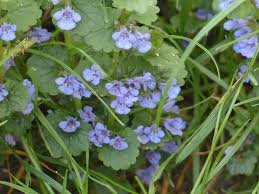


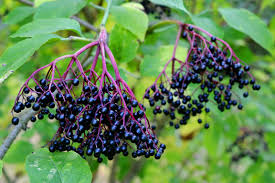

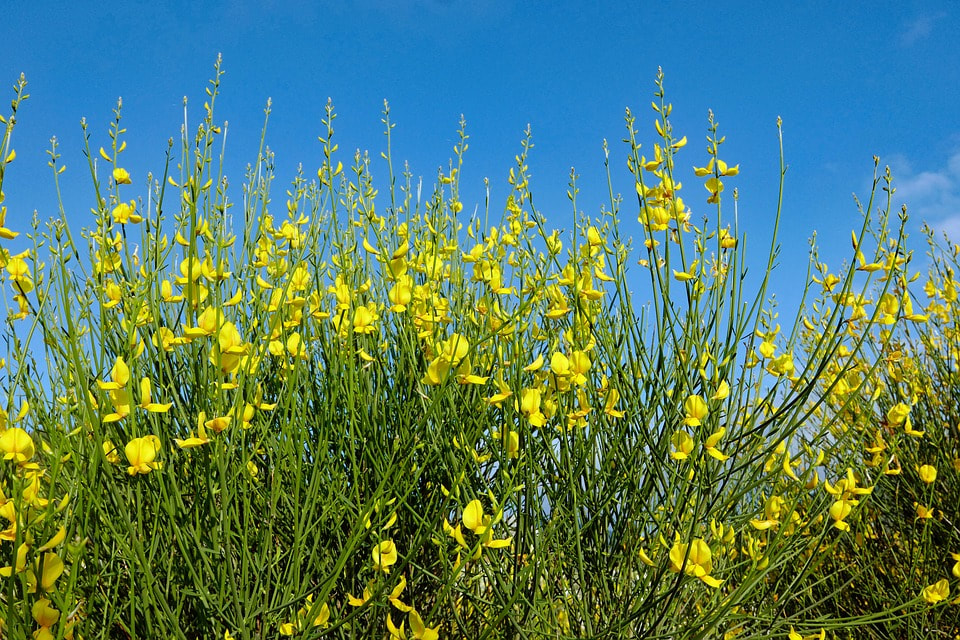
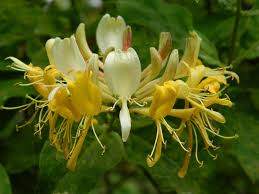
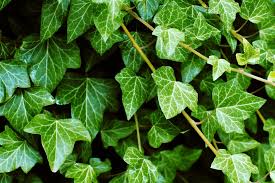
 RSS Feed
RSS Feed
